All in a Day’s Work
My husband likes to joke “It’s not worth doing today if you can’t put off till tomorrow…”
Think about that. What’s the big deal about putting things off? Procrastination is under-rated.
All kidding aside, many podcasts, blogs and influencers are sharing the best ways to accomplish one’s goals and how to be more effective with time management. But really, it’s very simple. Make a list, and check off the list one by one. One step at a time, one day at a time. Be consistent. Focus on goals. Long-term ones, short-term ones and everything else.
Easier said than done, right?
Disclaimer here: I am not uptight anymore about how much I accomplish in a day. I go by my husband’s rule (see above), and I literally check off each item that I’ve done – no matter how silly or minor it seems. You’ll find me checking off “eat lunch, go grocery shopping, call doctor, drop off x at friend’s house….etc”
Nothing is too minor to write down because you know, midlife age, we need to put it all in writing. We don’t want to forget what we are meant to do. And as long as the item is on paper, we know we can refer to it. Today or even tomorrow. It’s all about planning and goals.
But, how do we know what to do first and what to do second? Like, what order do we move through our planned activities. Do we do the hard stuff first, or the easy things earlier in the day?
Here’s what I recently learned from a news show I was watching with my mom when I was visiting her recently. It was a talk show and the guest was
Julie Morgenstern. She talked about how we need to do certain things in the morning and other things in the afternoon. I’ve heard various opinions over the years argue whether we should do the easy tasks in the morning or the harder ones before noon, and leave the rest to the afternoon. I am particularly jaded by these rules because it works differently for each person. While one person might want to get over with the easy task and feel accomplished, another might aim for productivity by using their morning energy for the hard tasks.
This woman spoke about legato tasks and staccato tasks. She suggested that one do the “staccato” tasks which are quick and short (as a staccato touch in music where each note is separated distinctly from the other and has a short, quick sound) in the morning. And then, she said to move on to the “legato” tasks which are longer, drawn out and require more nuance (as a legato touch which is smooth and connected and feels like a pretty musical song as the notes connect one to another).
To me, this was brilliant. So, here she was suggesting – it’s not about the easy versus the hard. It’s more about using the morning to get the quicker tasks, the ones that don’t take a lot of time.
So I thought about my typical morning. I say my psalms (tehillim), I pray, I make a few phone calls, I eat breakfast, drop things off at the cleaners, bring my car in to be fixed, go to my physical therapy and so forth.
These are all staccato activities because they are more or less the same each time. Not too much nuance.
Then in the afternoon I move on to my legato activities: visit my music therapy clients, write articles, call my grandchildren, and eat dinner.
Think of the “Mexican Hat Dance.” It’s a popular tune with two parts. The first part is staccato, meaning all the notes are detached from one another to give the effect of a hot potato being touched and having to leave go because it’s too hot. (throwback to my piano teacher’s metaphor).
The second part of the song is more legato. The notes are connected and smooth as if one would be singing a pretty song without those annoying detached sounds.
What are your staccato and legato activities? And do you prefer doing them in the mornings or afternoon or a mix? Or – do you just put it off till tomorrow, as in my husband’s advice?
Let us know in the comments.

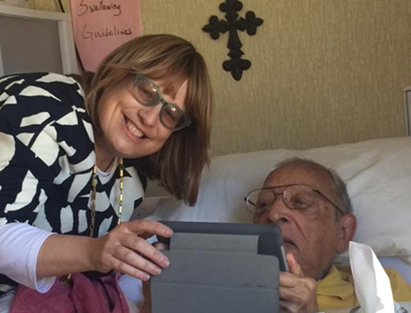
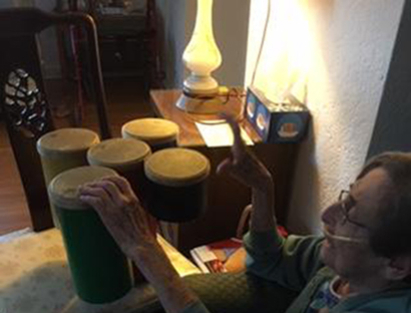
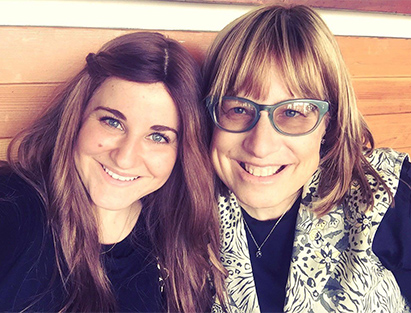
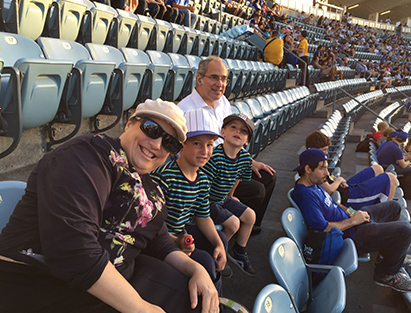
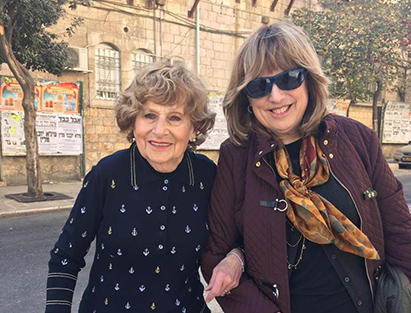
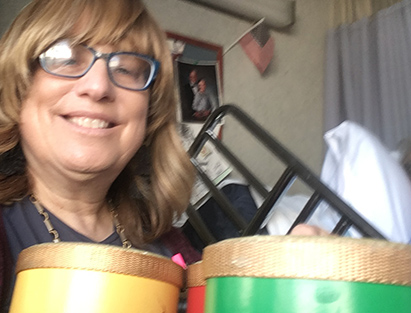
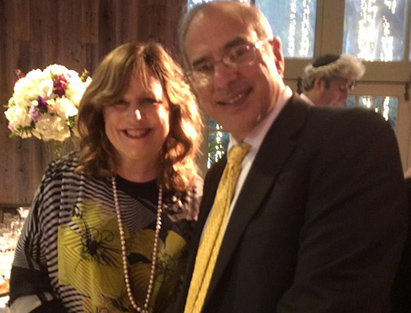
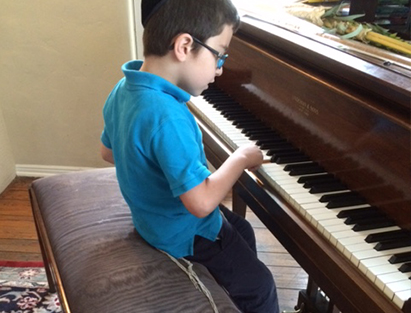
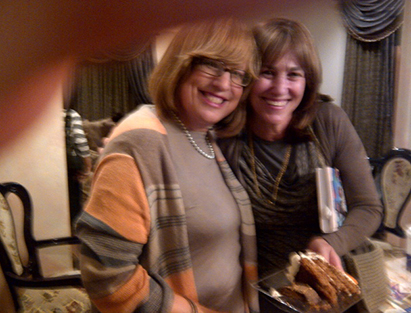
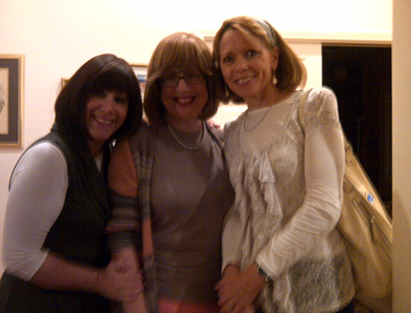
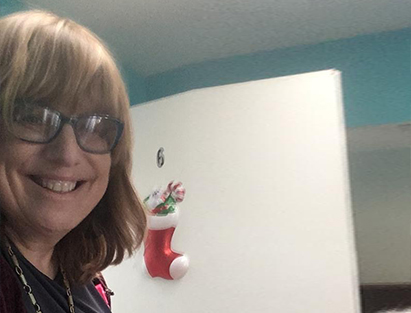
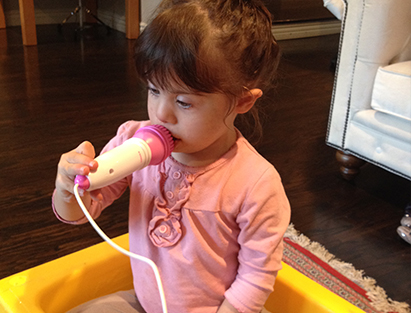

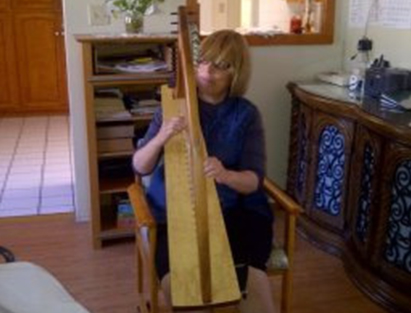
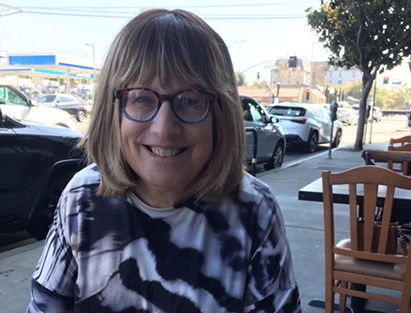
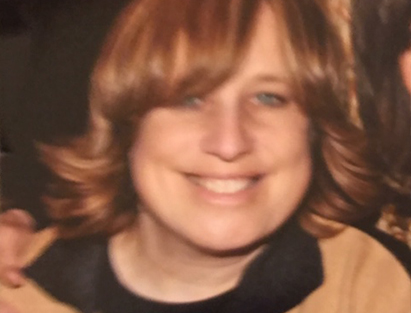
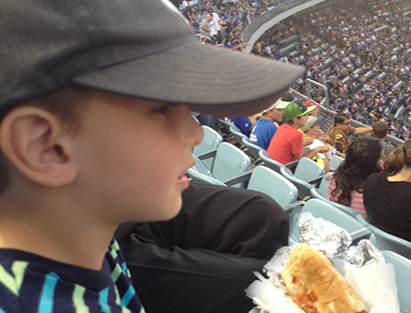
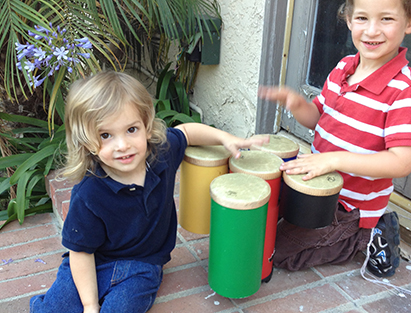
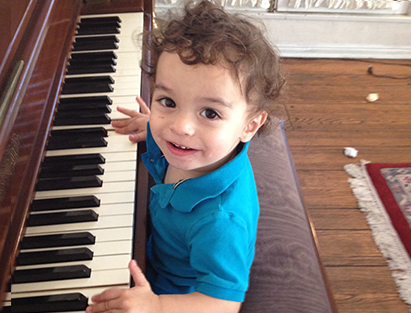
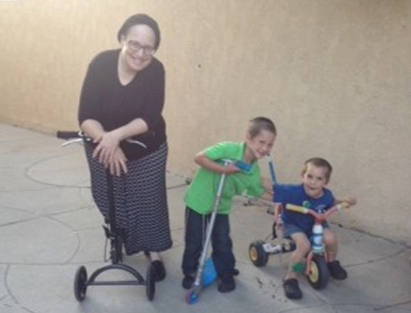
You understand midlife, Miriam Hendeles! You get us!
Thanks Faigie,
Are you a morning staccato gal or a morning legato gal?